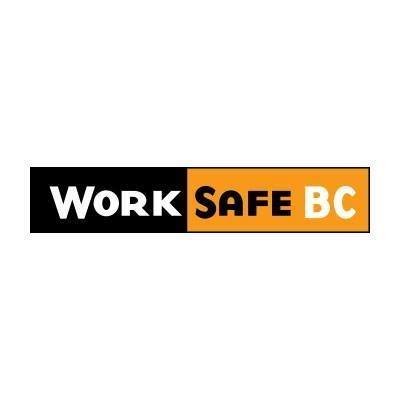WorkSafeBC is reminding employers about a new guideline aimed at ensuring personal protective equipment (PPE) fits properly for all workers, regardless of their gender. The guideline, which came into effect in November 2022, is intended to address the issue of ill-fitting PPE, which can compromise worker safety.
The issue of ill-fitting PPE is particularly pronounced for women in traditionally male-dominated industries, such as construction, mining, and firefighting. Many women have reported experiencing discomfort, reduced mobility, and compromised safety due to PPE that is designed primarily for men.
“We recognize that the differences in body shape and size between men and women can make it challenging to find PPE that fits properly,” said Suzana Prpic, Senior Manager of Prevention Field Services at WorkSafeBC. “We want to make sure that all workers are protected and comfortable while on the job, and that means ensuring that PPE is designed and fitted to accommodate a wide range of body types.”
The new guideline, which is part of WorkSafeBC’s OHS Guidelines Part 8, incorporates recommendations from experts in the field, as well as feedback from workers and employers across British Columbia. It outlines the requirements for the design, selection, and use of PPE that is appropriate for all workers and includes specific guidance on how to measure and fit PPE to a wide range of body types.
“We are committed to promoting a safe and healthy work environment for all workers,” said Prpic. “This new guideline is an important first step in achieving that goal, and we encourage all employers to review and implement it in their workplaces.”
The guideline is particularly relevant given the increasing number of women entering traditionally male-dominated industries in B.C.
WorkSafeBC is continuing to pay close attention to the issue, and may consider further regulatory changes to strengthen the requirement for employers to ensure proper PPE fit.
WorkSafeBC also plans to launch a research competition this year around the gendered nature of work, with one of the subtopics of interest being inclusive PPE design, and barriers to employer uptake of options for women.
Resources
- WorkSafeBC Guideline: G8.3 Ensuring adequate fit of personal protective equipment
- CSA Group: Canadian Women’s Experiences with Personal Protective Equipment in the Workplace
Source: WorkSafeBC



